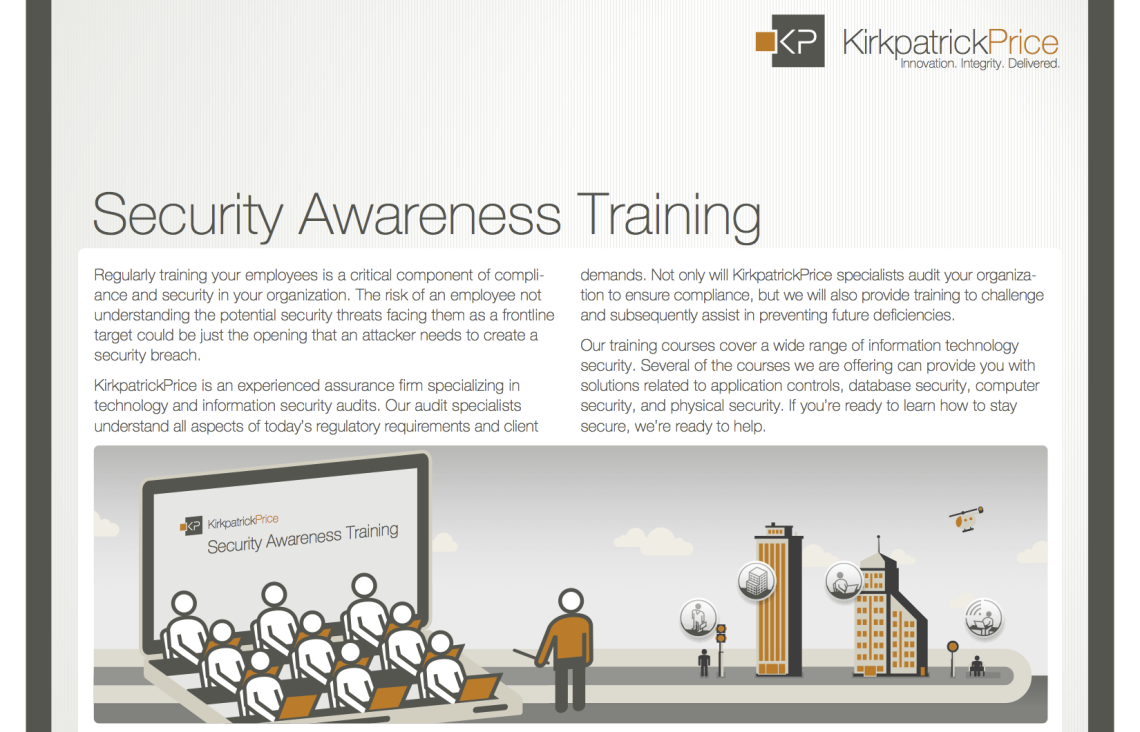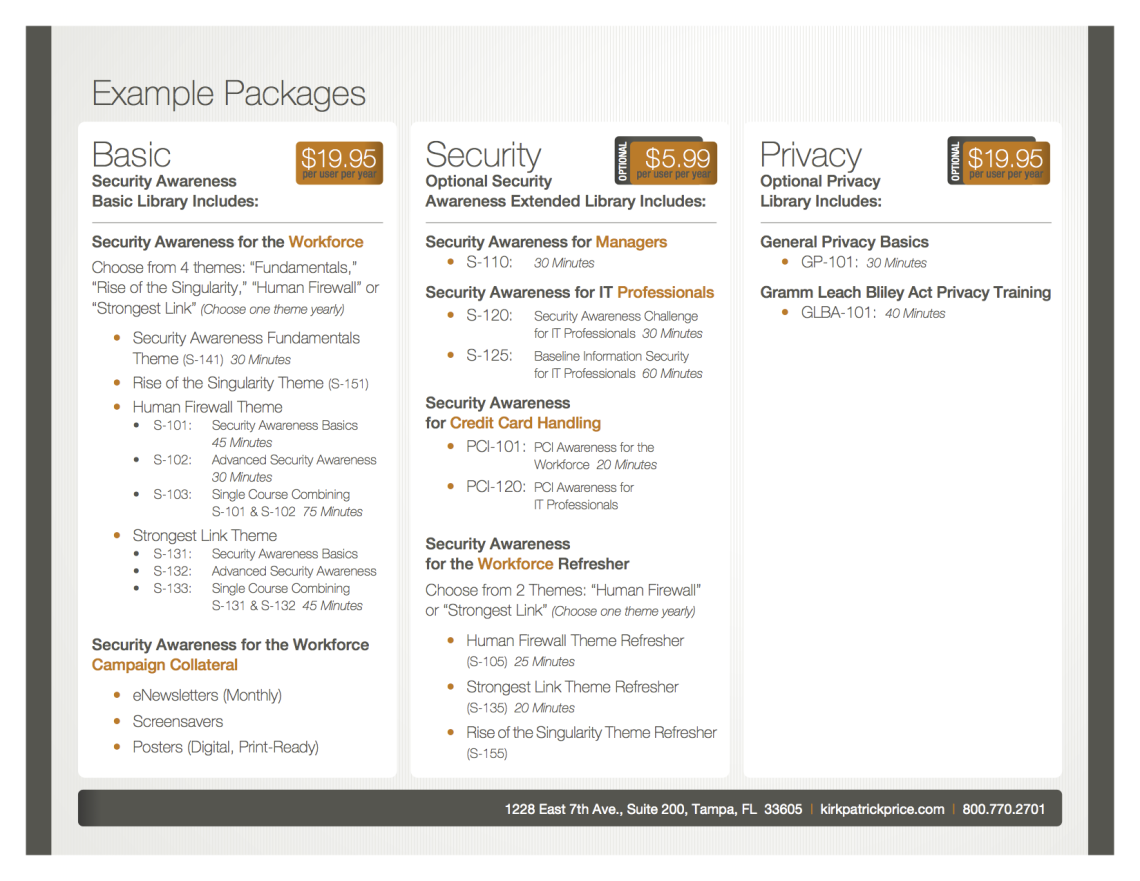
With the compliance landscape rapidly changing, it’s important to stay up to date with current standards to gain trust and respect from your clients. If you’ve been considering getting an SSAE 16 Audit, but keep putting it off, what are you waiting for? Here are 3 Reasons to stop hesitating and start your SSAE 16 Audit today:
1. To gain a competitive advantage
Completing an SSAE 16 allows you to pursue clients that require an SSAE 16 to meet their own regulatory requirements. They simply can’t afford to work with an “at-risk” vendor. It also tells clients that you are serious about the controls and security of your organization. Engaging in an SSAE 16 Audit demonstrates that you have taken initiative by hiring a third party to conduct the audit, in turn, formalizing your audit process.
2. It will mature your environment
By completing an SSAE 16 Audit, you are ahead of the curve in maturing your organization. Management should choose to test your employees and get outside services to help your business processes mature. A review of your controls by an independent auditor can help to notice things you may have missed during your own assessment of risk. Catching these inefficiencies can help your organization stay secure and up-to-date on security and compliance best practices and can protect you from a loss of business or operability.
3. It will save you time and money
By being proactive about the security of your organization, you will save your organization time and money by reducing the burden of questionnaires and site visits from your clients’ auditors. If you don’t already have a current report, you could face multiple clients’ auditors individually and continue to repeat the process, over and over.
Don’t hesitate to begin your SSAE 16 Audit. For more information on whether or not an SSAE 16 is right for your business, contact us today or click here to download our FAQ about SSAE 16/SOC Audits.





